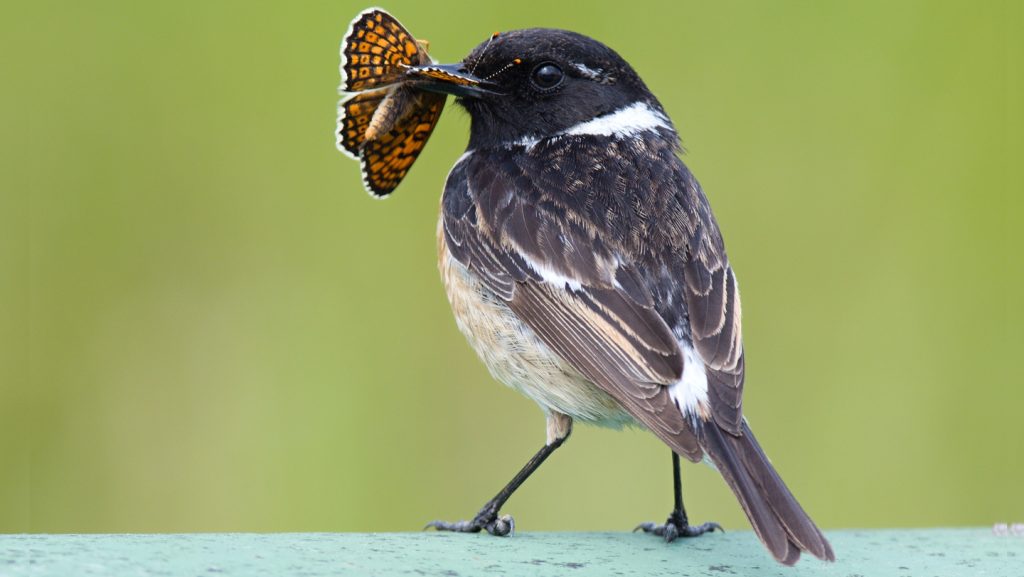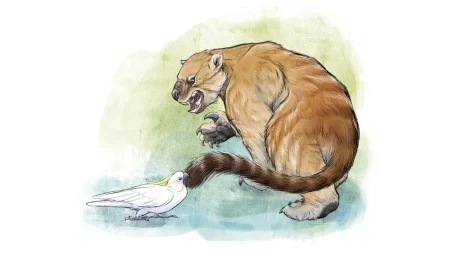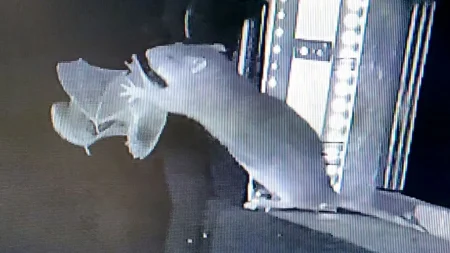The Global Nature of Hide and Seek: Understanding Animal Defensive Strategies
In the animal kingdom, the eternal struggle between predator and prey has led to fascinating evolutionary adaptations. Two of the most widespread defensive strategies involve coloration: camouflage to blend in with surroundings, and warning colors that advertise toxicity or unpalatability. According to Iliana Medina Guzman, an evolutionary ecologist at the University of Melbourne, these approaches represent “by far the most common strategies that animals use to defend from predators.” But what determines which strategy works best in different environments? A groundbreaking global study has now shed light on this fundamental ecological question.
The research team led by Guzman conducted one of the most comprehensive experiments ever designed to test these defensive strategies across vastly different ecosystems. Recognizing that previous smaller studies couldn’t capture the full picture, they expanded their research to 21 forested areas across six continents, ranging from cold polar regions in Finland and Canada to tropical forests in Kenya, Australia, and Brazil. This global approach allowed them to examine how environmental conditions influence the effectiveness of different defensive coloration strategies in nature.
Between 2020 and 2022, researchers prepared more than 15,000 paper triangles designed to mimic moths or butterflies, creating a controlled experiment of unprecedented scale. These mock insects featured three different color patterns: some displayed traditional orange-black warning stripes commonly seen in toxic moths, others featured an unusual bright turquoise-black pattern, and a third group used bark-like camouflage. To make these paper insects attractive to predators, the team attached mealworms as bait. They then placed these models throughout various forests and monitored how many were attacked by birds over an eight-day period, while also collecting data on forest light conditions, predator populations, and local insect diversity.
The results revealed a nuanced reality about defensive coloration—neither strategy proved universally superior. Instead, local environmental factors determined which approach offered better protection. Particularly interesting was the discovery that warning colors worked best in environments with fewer predators. As Guzman explains, “That fits well with the theory that suggests that when competition is intense, the predators just have to go and eat whatever they can. [The color is] just attracting attention. It’s not working as a warning signal anymore.” This finding supports the idea that warning coloration works on a principle of learned avoidance—when predators have plenty of food options, they can afford to avoid potentially dangerous prey.
David Kikuchi, an evolutionary biologist from Oregon State University who wasn’t involved in the study, found it surprising how effectively the traditional orange-black warning pattern worked across different ecosystems. This suggests that certain color combinations may have universal signaling properties that transcend local conditions. Traditional evolutionary theory suggests that warning signals typically work best when they conform to local norms, as predators learn to recognize specific patterns as indicators of danger. Yet this research indicates some warning signals may have broader effectiveness than previously thought.
Another intriguing finding concerned the relationship between light conditions and defensive strategies. While camouflage proved less effective in low-light environments, warning colors maintained their protective value regardless of light levels. This has potential implications for conservation, as Guzman points out: “If the habitat has big changes in light levels from things like logging, that could potentially have a very big impact on the community of prey,” potentially reducing the effectiveness of camouflage while leaving warning-colored species relatively unaffected. This suggests that human modifications to natural habitats might inadvertently favor certain defensive strategies over others, potentially altering the composition of insect communities.
The study’s findings also have implications for understanding evolutionary dynamics. The researchers suggest that camouflage coloration might appear and disappear more readily over evolutionary time compared to warning signals, which seem more resilient across different environments. This resilience may explain why certain warning patterns have become so widespread in nature. Looking forward, Guzman is interested in exploring how human-driven environmental changes might further influence the balance between these defensive strategies, potentially reshaping the evolutionary trajectories of numerous species in our rapidly changing world.














